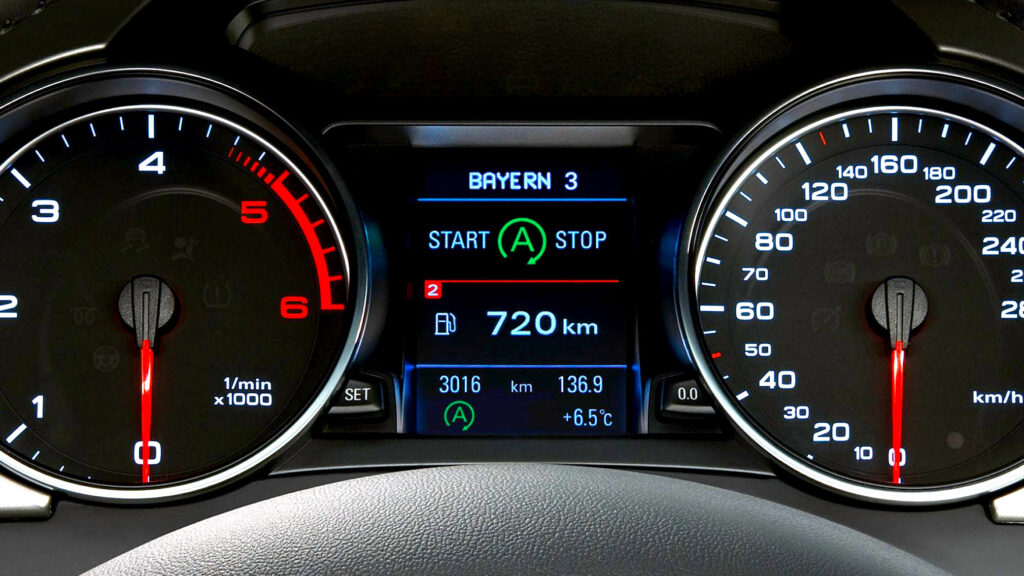On the Road

Imagine this: A modern car, complete with the latest stop/start technology, idles quietly at a stoplight, saving gas while cutting emissions. Yet, despite its proven benefits, the Environmental Protection Agency (EPA) has recently placed this tech in its crosshairs for elimination. It’s puzzling, especially considering this technology has been around for over 20 years and has been shown to reduce fuel consumption by a substantial 4-8%, according to several studies.
The Tech
Stop/start systems operate by shutting off the engine when a vehicle comes to a halt, like at a red light, and restarting it when the driver releases the brake. It’s similar to giving your car a little nap to save on gas. Automakers originally introduced this feature to help meet the increasingly stringent fuel efficiency standards, and it’s been a staple in many cars ever since.
EPA’s Stand
The agency’s current head, Lee Zeldin, isn’t impressed. He’s criticized the technology on his social media, labeling it a gimmick for car manufacturers to claim environmental brownie points without substantial benefits. His stance has been met with a mix of surprise and criticism, considering his background doesn’t include environmental science or policy expertise, according to various reports.
Against the Trend
Interestingly, non-political data consistently supports the merits of stop/start systems. Jason Fenske of Engineering Explained detailed that simple, real-world tests show measurable fuel savings and emissions reduction, even in just a few seconds of engine downtime in traffic. Despite some drivers finding the engine restarts less than smooth, these systems are generally getting more refined and reliable over time.
Driving Feel
So, how does it feel behind the wheel? Some drivers describe the restart process as barely noticeable, while others note a slight shudder as the engine kicks back in. Compared to an electric vehicle’s silent start, it’s a reminder that the engine’s waking up from its power nap. However, unlike the sound or ride of a classic V8 roaring to life, it’s a trade-off for the efficiency gains. Automakers continually tweak these systems for less intrusion and ultimately, a more seamless experience.
Looking Forward
Future improvements might even eliminate these qualms, but the existing benefits can’t be overlooked. Perhaps the real focus should be on pushing for technologies that balance environmental responsibility with a comfortable driving experience. While it’s fair to discuss driver preferences, the broader aim of reducing emissions remains as relevant as ever.
Speed Crackdown in CT
Supra-Z4 Hybrid Unveiled
Nissan Leaf Reinvented
Tiguan Reimagined
SL680 Luxury Drive